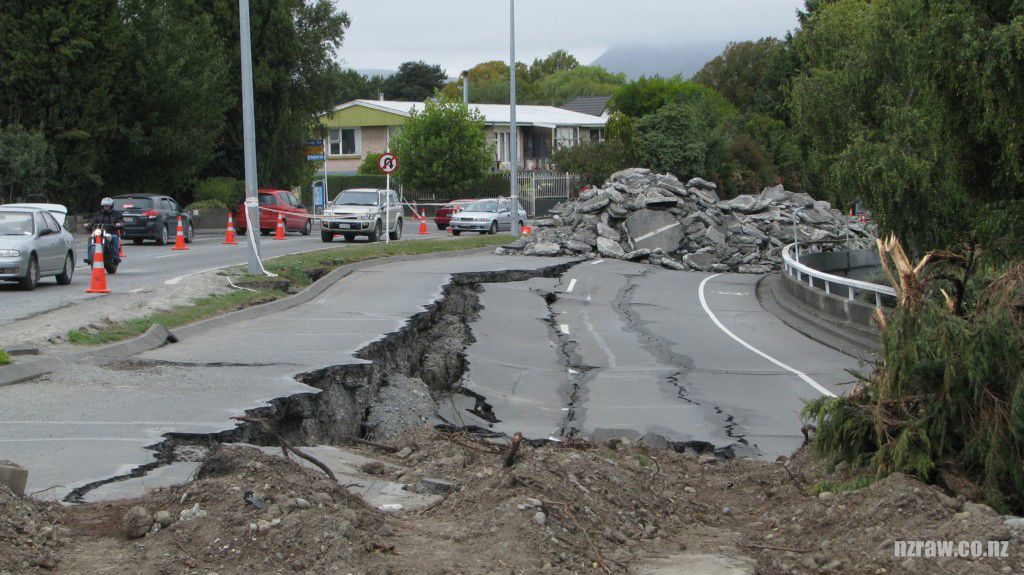
Earthquakes
In an earthquake - drop, cover and hold.

In an earthquake - drop, cover and hold.
All of New Zealand is at risk of earthquakes. Each year, more than 15,000 earthquakes are recorded in New Zealand, but only around 100 - 150 are strong enough to be felt.
Earthquakes can trigger other hazards, like landslides, avalanches, flash floods from dam bursts, fires and tsunami.
For more information on earthquakes go to: ORC Natural Hazards and Natural Hazards Commission
While we can’t predict when an earthquake will happen, you can reduce your risk by knowing what to do before, during and after an earthquake.
There are simple steps that you, your family and your workplace can take to be prepared for earthquakes.
Prepare your home and workplace to minimise injury and damage.
If you are unable to Drop, Cover and Hold go here for more advice
Earthquakes occurring within and outside of our region can affect the people and properties of Otago.
While Otago is not normally known for strong earthquakes, there are several active fault lines across the region including the Alpine Fault (AF8) in the Southern Alps. At its full extent, the Alpine Fault runs for around 800km, the length of Te Waipounamu our South Island.
An Alpine Fault earthquake would severely impact the Otago region, affecting the lives and properties of residents and tourists, significantly disrupting critical infrastructure and the landscape for weeks and months.
Find out more about AF8 and how we are planning to respond to this event.
The risk of damage from earthquakes depends on the magnitude, frequency, nature of the earthquake, distance from earthquake focus, and the type of ground.
Seismic activity can cause ground shaking, surface rupture, liquefaction (settlement of soil), landslides and lateral spread of sediments towards bodies of water. It can also cause tsunamis.